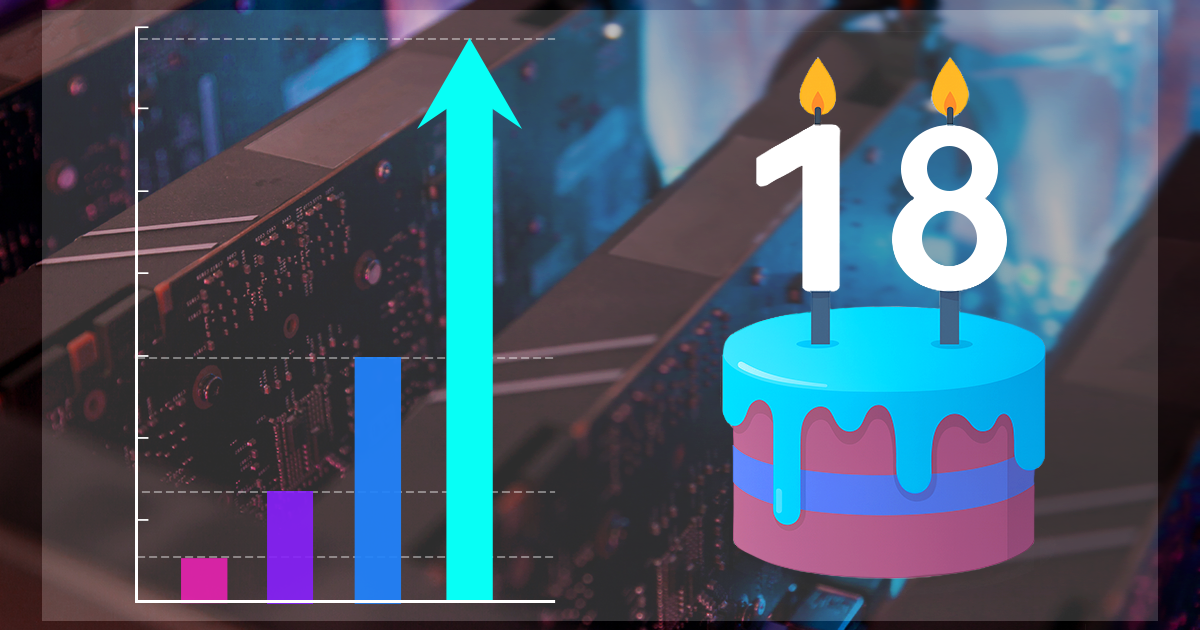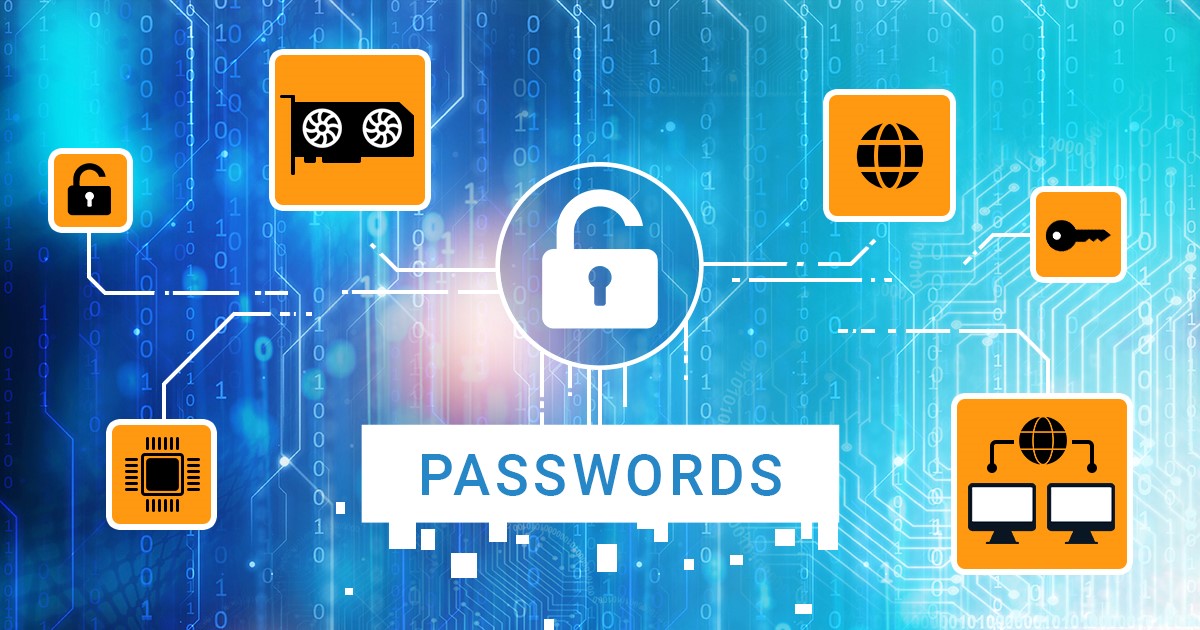Since its introduction with the iPhone X in 2017, Apple’s Face ID has become one of the most widely used biometric authentication systems in the world, often praised for its convenience and technological sophistication. Yet, like any system that relies on human biology, it has its share of limitations: reports of identical twins, close relatives or young children occasionally unlocking a parent’s device have circulated since its debut.
A forensic examiner receives a locked smartphone – a recent-model iPhone, encrypted and secured with an unknown passcode. No tool works, checkm8 long obsolete, USB port locked. Is this a dead end? Not quite. iPhones don’t operate in isolation. They’re part of a digital ecosystem, and ecosystems often have weak points. This article explores how gaining access through a weak link can compromise even the most secure smartphone.
Welcome to the world of mobile forensics, where extracting data is the first (and arguably the most critical) step. Whether you’re working with an ancient Apple device or attempting to break into the latest iPhone 16 Pro Max, there is a method for every gadget – each with its own share of challenges. We love explaining the differences between the extraction techniques, detailing their pros and contras, but sometimes you are limited to the one and only method that is the most likely to succeed.
In the upcoming iOS 17.4 update, Apple is introducing significant changes to its App Store policies for apps distributed in the European Union. The new policy brings multiple changes, one of them being alternative app marketplaces (which are effectively third-party app stores). These changes have both technical and financial implications for developers, but do they bring news to the digital forensic crowd? Let’s have a look into what Apple’s new policy brings and how it may impact forensic experts.
In a controversial move, Apple is implementing major changes to its U.S. iOS App Store policies, granting developers the ability to direct customers to non-App Store purchasing options for digital goods. This update permits users to make in-app purchases through an alternative method. However, Apple will continue to collect a commission ranging from 12 to 27 percent on content purchased through this avenue, providing only a 3 percentage points commission cut compared to purchases made through the official Apple App Store.
In today’s digital age, extracting data from mobile devices is an essential aspect of forensic investigations. However, it must be done carefully and correctly to ensure the highest possible level of accuracy and reliability. To accomplish this, the appropriate extraction methods should be used in the right order, considering all available options for a given device running a specific version of the operating system. So what is the best order of extraction methods when acquiring an iPhone? Read along to find out.
iOS 16 brings many changes to mobile forensics. Users receive additional tools to control the sharing and protection of their personal information, while forensic experts will face tighter security measures. In this review, we’ll talk about the things in iOS 16 that are likely to affect the forensic workflow.
Speaking of mobile devices, especially Apple’s, “logical acquisition” is probably the most misused term. Are you sure you know what it is and how to properly use it, especially if you are working in mobile forensics? Let us shed some light on it.
iOS Forensic Toolkit 7.40 brings gapless low-level extraction support for several iOS versions up to and including iOS 15.1 (15.1.1 on some devices), adding compatibility with previously unsupported versions of iOS 14.
Protecting one’s online privacy is becoming increasingly more important. With ISPs selling their customers’ usage data left and right, and various apps, mail and Web trackers contributing to the pool of “anonymized” data, de-anonimyzation becomes possible with big data analysis. This was clearly demonstrated with the recent event highlighted in Catholic priest quits after “anonymized” data revealed alleged use of Grindr.


